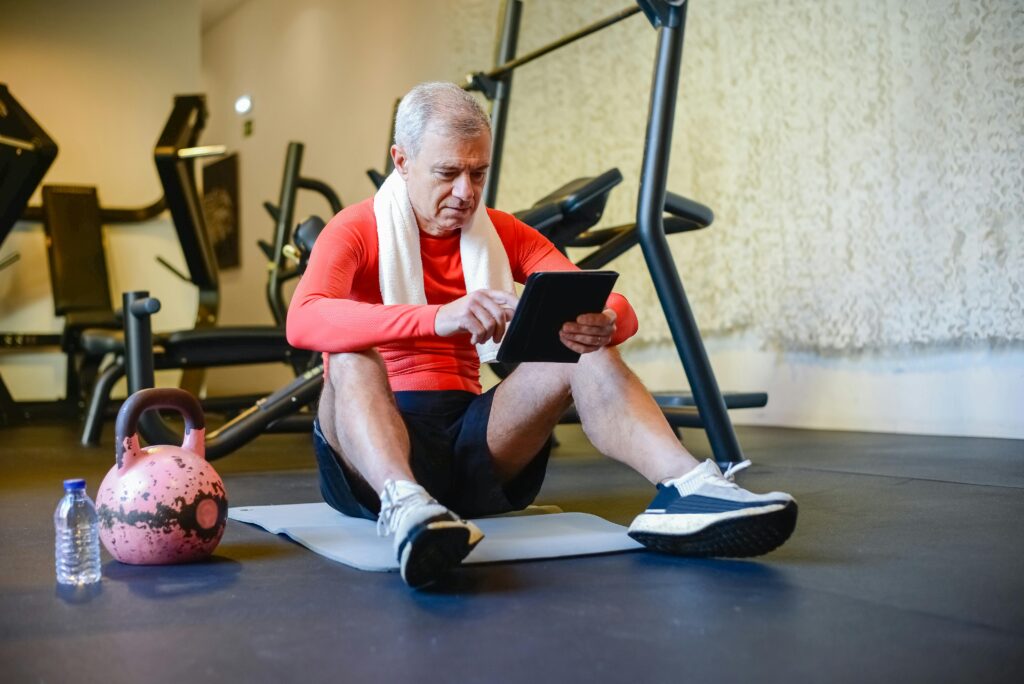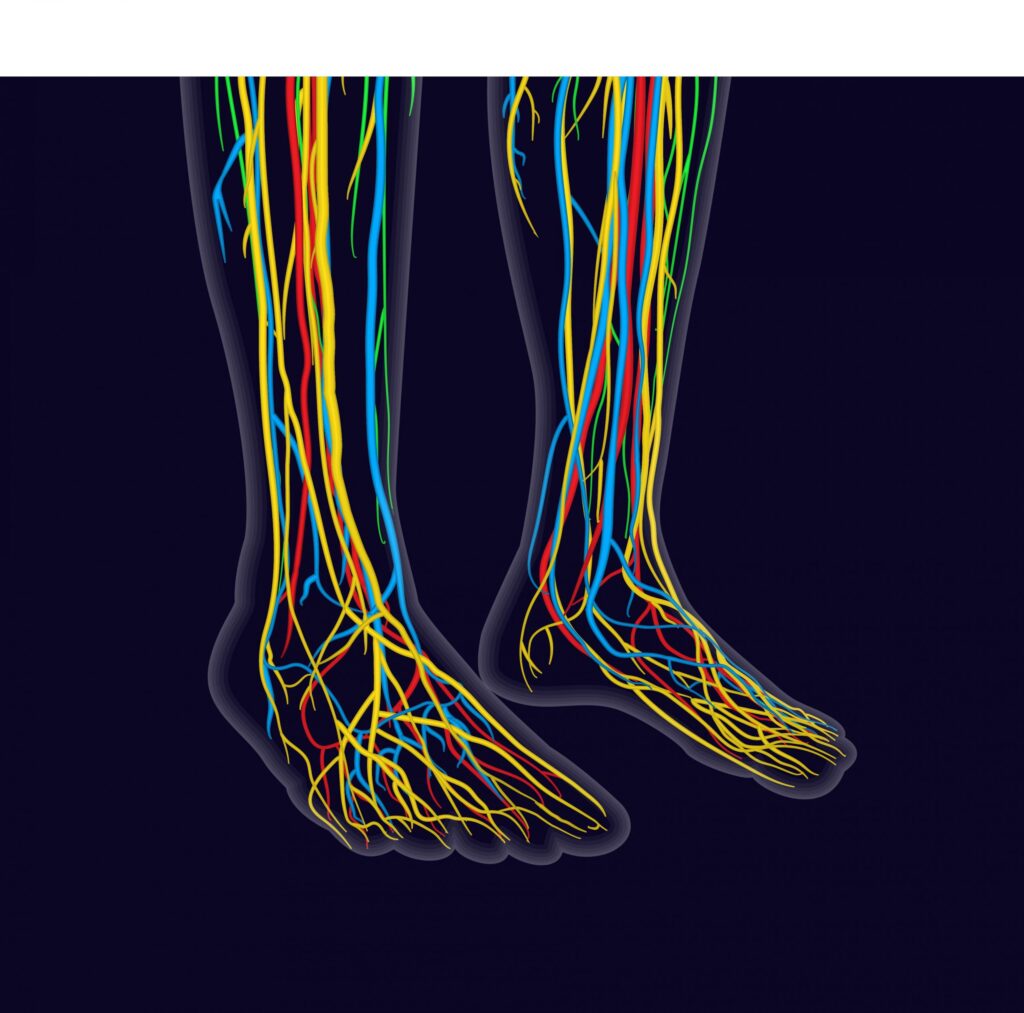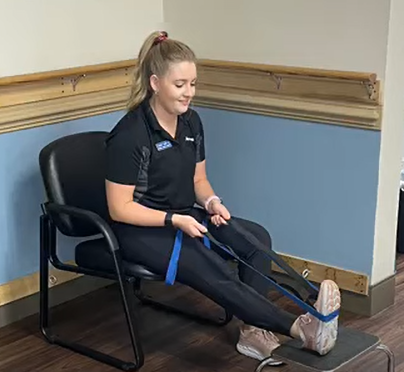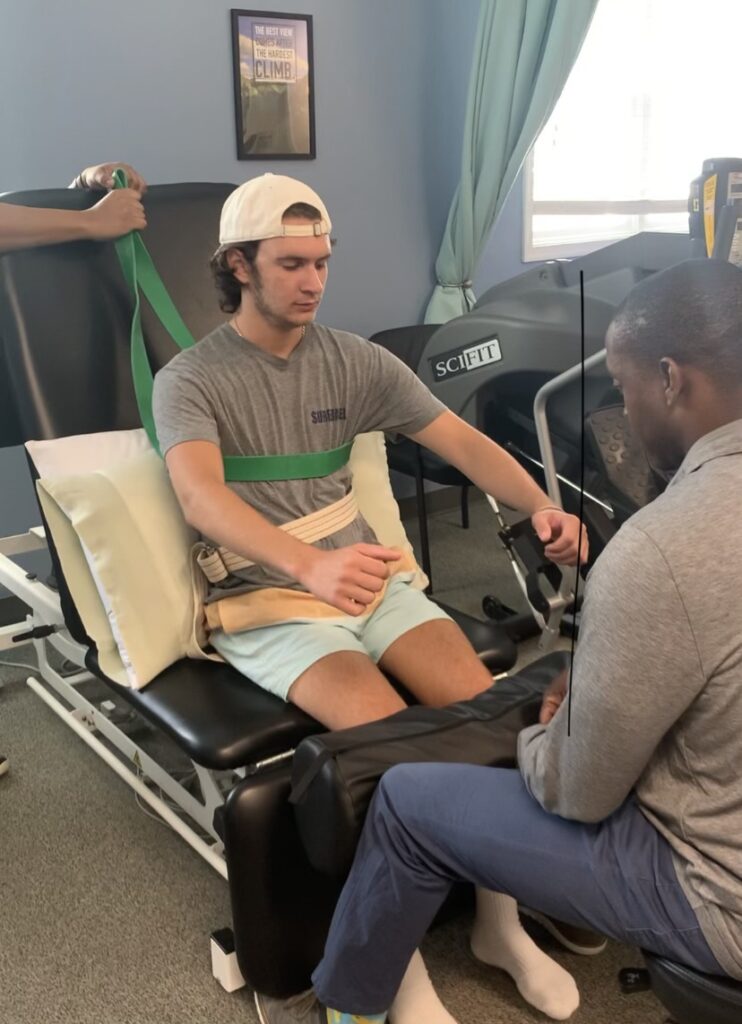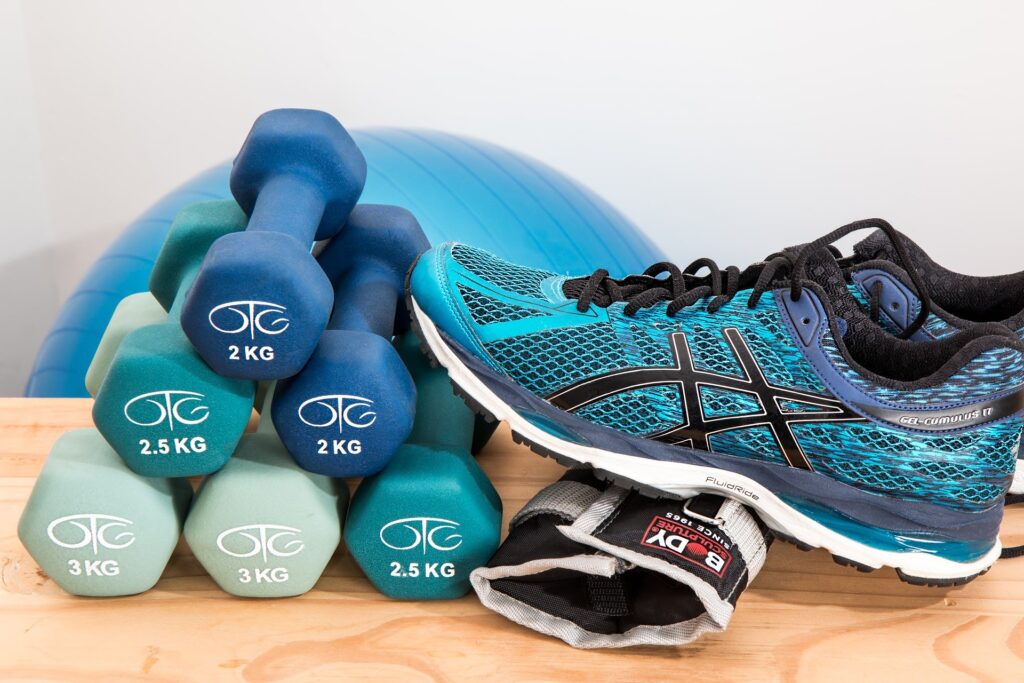
What Is Shoulder Impingement?

Physical Therapy can help with Shoulder Pain and Impingement
Thinking about starting a new exercise program? Maybe yoga will be your new thing for relaxation and flexibility. As with any new exercise program, it is important that you consult with your physician and/or physical therapist, especially, if you have known health conditions that may limit your participation.

What is Shoulder Impingement?
Shoulder impingement is a commonly diagnosed overuse injury. There are multiple moving parts in the shoulder to allow for a smooth/fluid movement and when one part is injured for any reason the remaining parts of the shoulder must pick up the slack.
When one part of the shoulder does not work properly (stabilizing or moving) then the shoulder is more vulnerable to injury. This can be a chronic condition that may progress over time secondary to weakness or muscular imbalance leading to shoulder impingement.
Who is at Risk For Shoulder Impingement?
People who tend to do a lot of overhead activities are more susceptible to shoulder impingement problems – swimmers, overhead athletes, painters, electricians and construction workers just to name a few.
Shoulder Impingement Symptoms
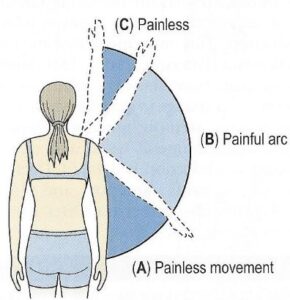 When raising the arm overhead especially in an abducted position there is a painful arc between 60 degrees and 120 degrees which is where the structures (usually the bursa – a fluid filled sac) gets pinched causing pain and impingement in the shoulder. Symptoms of shoulder impingement may begin with a general achiness in the shoulder and pain that radiates from the shoulder to the side of the arm. A person may begin to lose ROM/strength and may have increased difficulty sleeping.
When raising the arm overhead especially in an abducted position there is a painful arc between 60 degrees and 120 degrees which is where the structures (usually the bursa – a fluid filled sac) gets pinched causing pain and impingement in the shoulder. Symptoms of shoulder impingement may begin with a general achiness in the shoulder and pain that radiates from the shoulder to the side of the arm. A person may begin to lose ROM/strength and may have increased difficulty sleeping.
Physical Therapy For Shoulder Impingement
Without proper shoulder mechanics and strength, you can develop shoulder pain immediately or over time. When muscular imbalance is present within the shoulder girdle, other muscles must work harder therefore increasing strain on the shoulder. Posture and activity modification are also needed to decrease strain on the joint.
Physical therapy for shoulder impingement may include modalities to help control internal inflammation, manual techniques to help improve joint mobility and decrease muscular spasm, posture modification and shoulder exercises to improve strength and flexibility.
Struggling with shoulder pain or impingement? Click here to schedule a consultation with our physical therapists.


